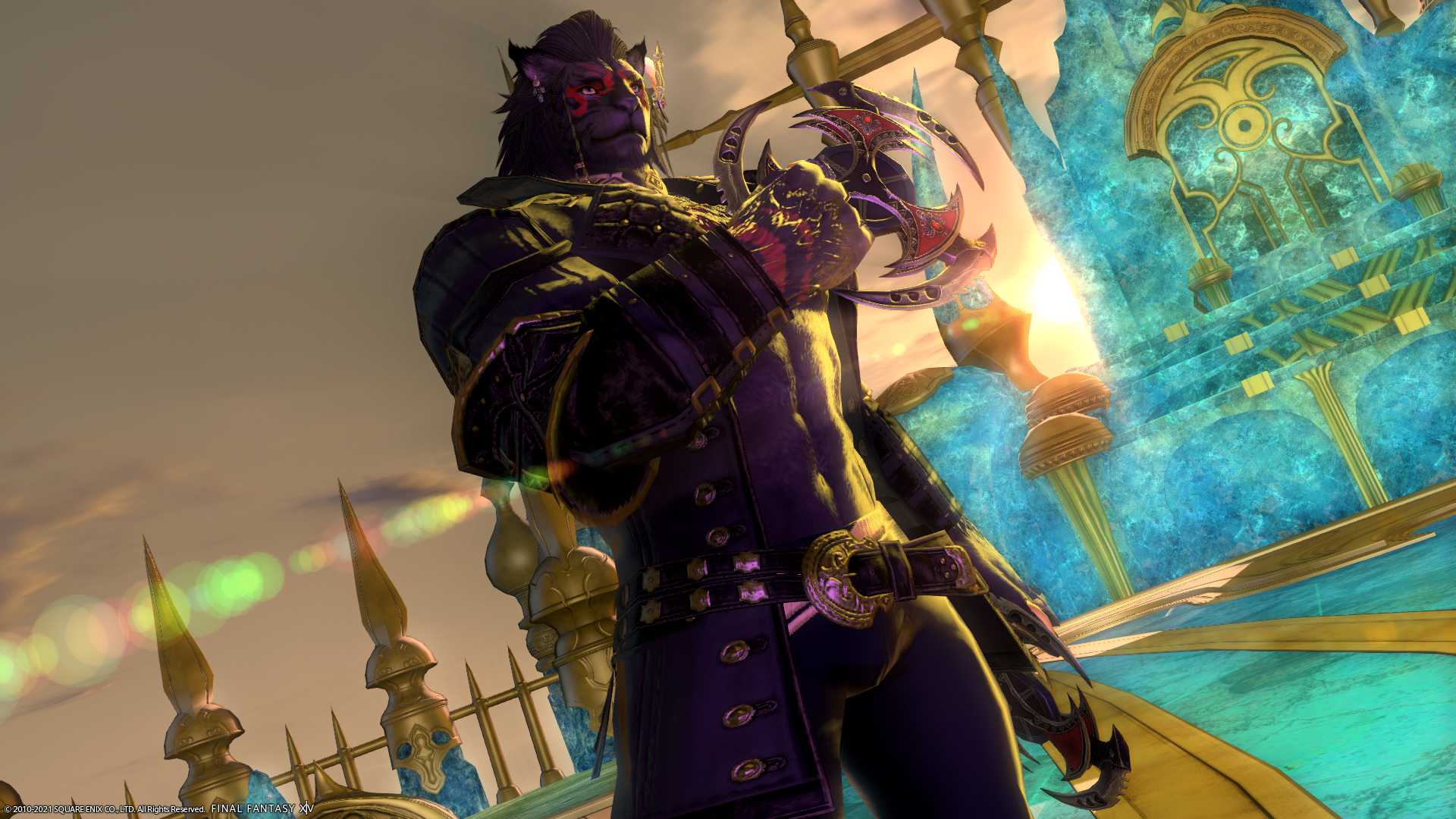Just a note before we get into it: I’m a privileged, white-skinned, bisexual, cis male white collar worker, and maybe that means I can get my words in front of you when others can’t. I’m summarizing these views and collecting resources as a convenience, and trying to explain the basics of why these bigots are bullshitting you about their concern for vulnerable people while actually blowing up parts of the LGBTQ+ community around me. But there are a lot of other people you should go and listen to earnestly on these topics with much more direct experience and involvement – I want to give you the basic outlines of the problems so you don’t waste their time “Just Asking Questions” you -Or I! – could answer for you.
Let’s start up front with the same tactic that every queerphobic bigot likes to whip out at the start of their screed: Think of the children. Let’s generalize a little further and assume that you care about preventing people of all ages from being exploited. So hypothetically, I ask; Who do you think is more likely to see, identify, and prevent illegal exploitation of minors and trafficking victims – sex workers looking out for one another and their communities, or religious cultists half a world away in a different country wringing their hands together?
Spoilers, this is not actually a hypothetical.
Under [FOSTA/SESTA] websites are held liable for “knowingly assisting, supporting, or facilitating” sex trafficking. This provision, however, thwarts the intent of the bill (to curb sex trafficking online) because website operators who want to avoid “knowingly” facilitating anything that may even suggest sex trafficking may decide to avoid content moderation entirely. And without anyone to review (or approve/reject) posts, sex trafficking ads will continue, even flourish. Conversely, the legislation could also force companies to moderate their platforms aggressively, forcing sex traffickers (and in turn, their victims) underground, away from well-known and widely watched sites like Backpage. While this may temporarily hinder traffickers, it will also result in the loss of a major resource used by advocates and families to identify and save victims.
It’s All Downsides: Hybrid FOSTA/SESTA Hinders Law Enforcement, Hurts Victims and Speakers.
March 8, 2018 | Liz Woolery
Lawyers, the DOJ, researchers, and sex workers themselves warned that FOSTA/SESTA would not work and would actively harm the people that it was supposed to protect. It was passed anyway, and guess what happened.
The new GAO report on SESTA/FOSTA, issued Monday, helps validate many of these concerns shared by sex workers and survivors of trafficking. As the report notes, rather than helping identify and prosecute traffickers, what SESTA/FOSTA did was push online sex work ads to the margins.
The Real Story of the Bipartisan Anti–Sex Trafficking Bill That Failed Miserably on Its Own Terms
The reason only one federal prosecution has resulted from the law illuminates this broader reality: “Gathering tips and evidence to investigate and prosecute those who control or use online platforms has become more difficult due to the relocation of platforms overseas, platforms’ use of complex payment systems, and the increased use of social media platforms.”
June 23, 2021 | Melissa Gira Grant
FOSTA/SESTA created a legislative environment that made two contradictory routes for website platform moderation:
- Attempt to completely remove any adult content on their platforms for fear they might have to be proactive about complying with moderation formerly done by open sex worker communities, or
- Completely ignore moderation efforts and pretend that they never saw anything on their websites.
What this research highlights is who was right, and what the expected outcomes are of demonizing adult content. This legislation did not outlaw legal sex work, but instead created two obvious routes for platforms to take. Shockingly, both of them only hurt sex workers and trafficking victims. In fact, Backpage itself, at the heart of the FOSTA/SESTA fearmongering, was not actually attacked under the legislation, because it didn’t exist yet – So this law was not only unnecessary for its stated goals, but it actively empowered the criminals it was supposed to target, while actually only harming the supposed victims it claimed to protect.
So what does this have to do with being LGBTQ+ on the internet?
Sex workers overlap demographically with individuals who are pushed into informal economies due to their marginalized identities. Although policies increasing the criminalization of sex work are not regarded as hate politics, we argue that these policies are de facto hate policies against LGBTQ + communities and other marginalized groups.
SESTA/FOSTA as de Facto Hate Policy: Combatting Carceral Investments and Uplifting Community-Based Solutions
So the ultimate consequences of the legislation that was supposed to protect the children and trafficking victims was completely unnecessary from a legal standpoint to go after criminals and websites, but did have a significant negative impact on the well being and safety of a great deal of marginalized people.
It is almost as if the goal was not to protect people at all, but instead do significant harm to a significantly more queer, more racially diverse, and more disadvantaged than average community that moralizing bastard bigots were not fond of for abstract and ultimately asinine puritanical religious reasons.
And looking forward, this is the exact same pattern that we will see play out when we discuss how, while these groups were able to maneuver the passage of legislation against sex workers with the fig leaf of protecting the children, their reach has not (yet) allowed them to do the same against the very idea of pornography or works containing LGBTQ+ themes on the internet.
Which is why over the past several decades, as more and more of our commerce both chaste and mature has moved to the internet, these bigots are turning to another strategy: Choking queer communities by removing the ability to exchange money on the internet if anyone involved might be different from them.

